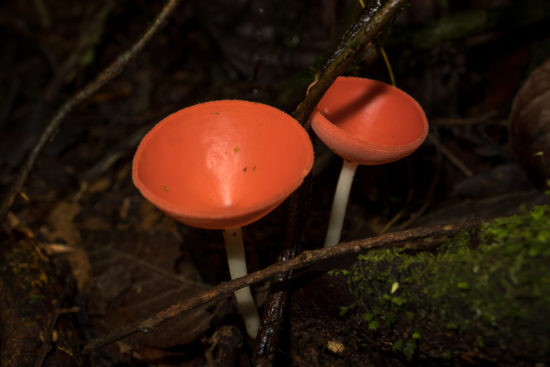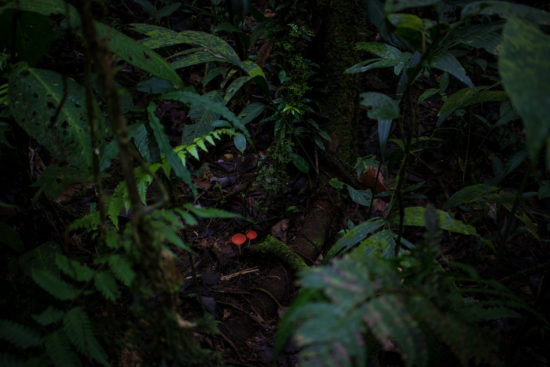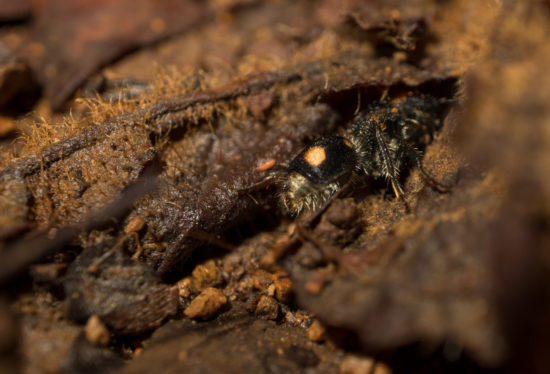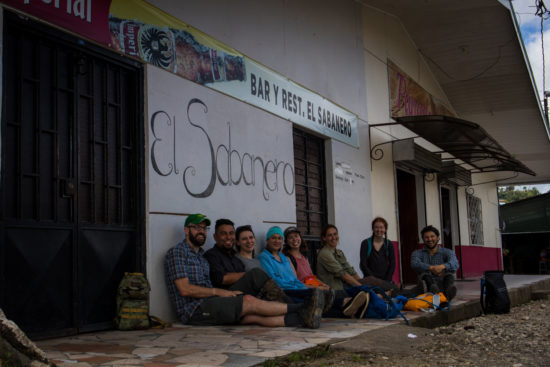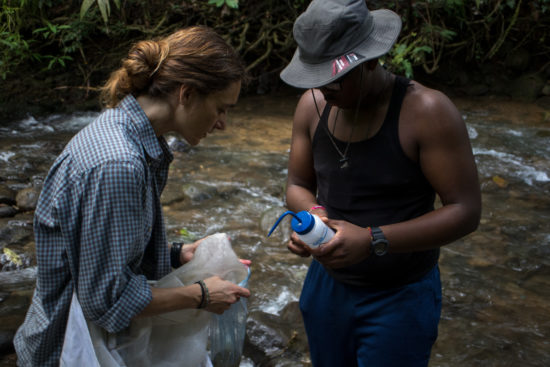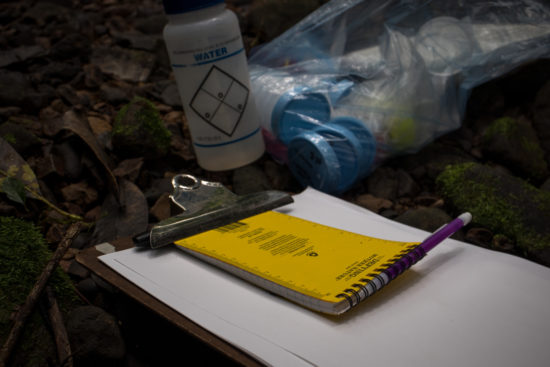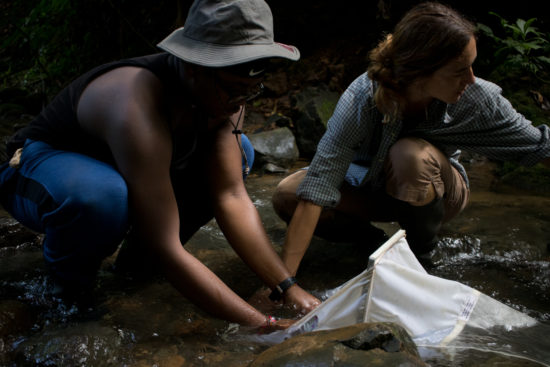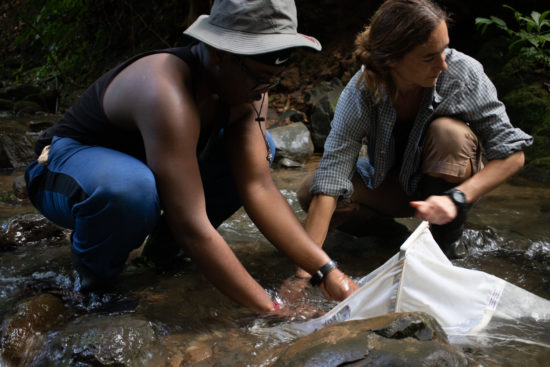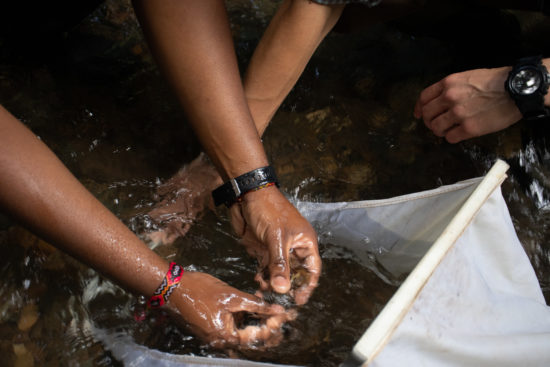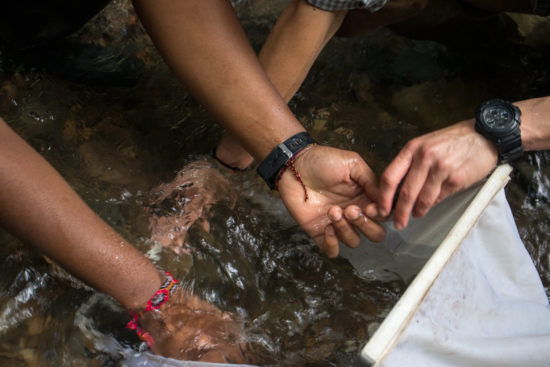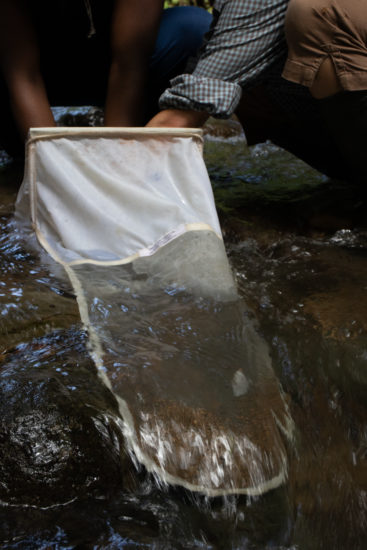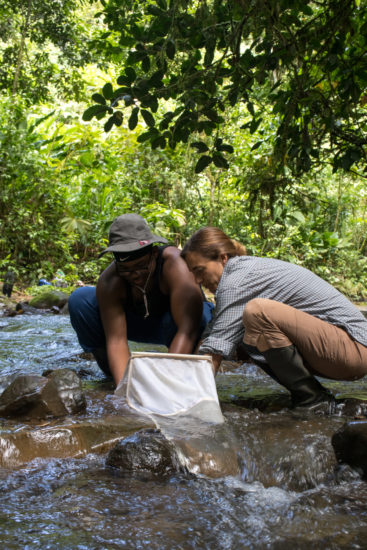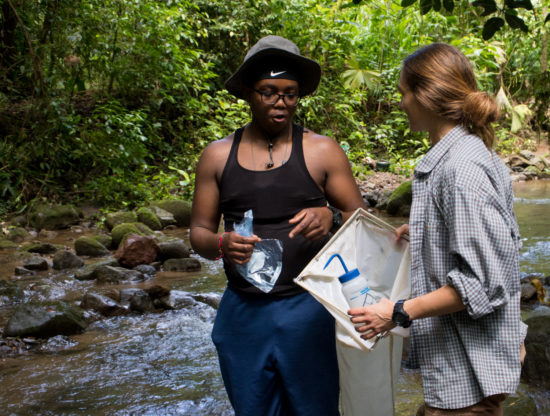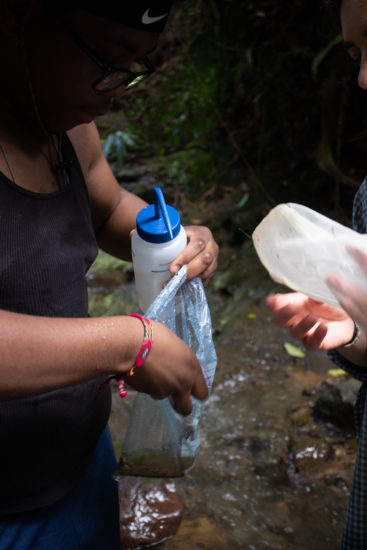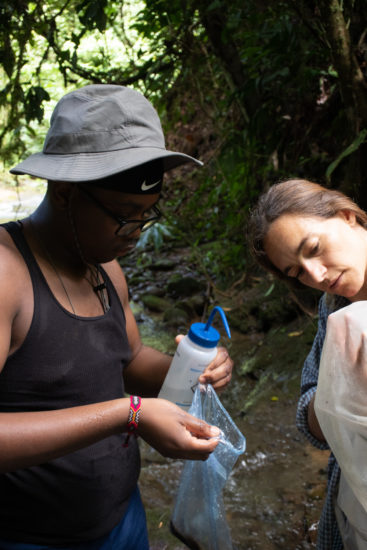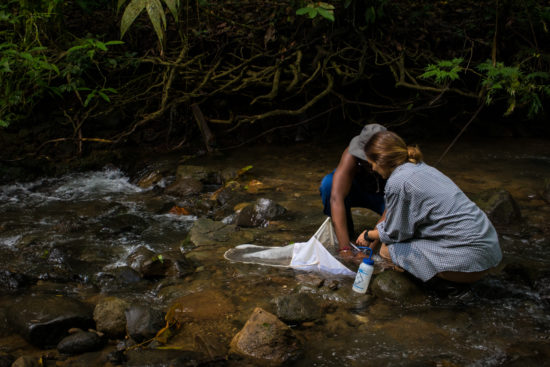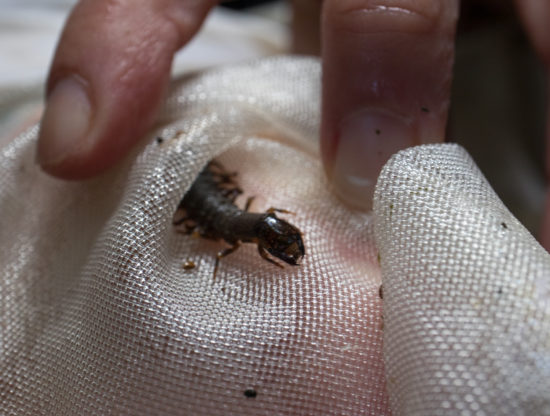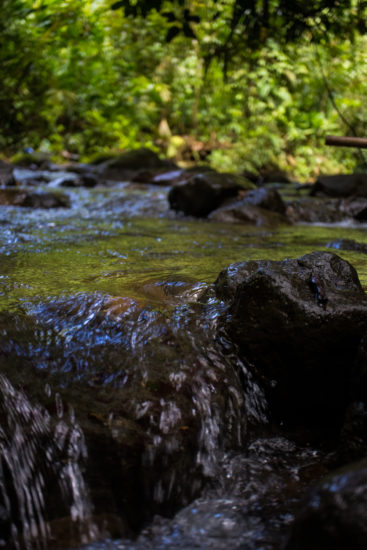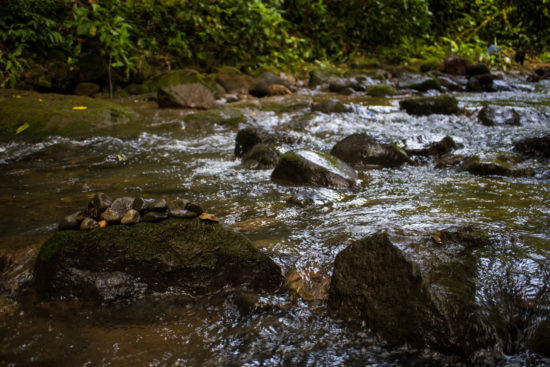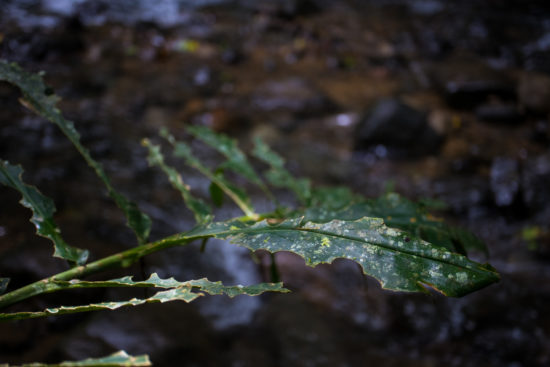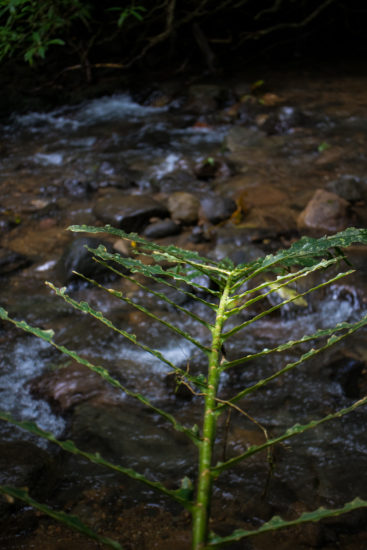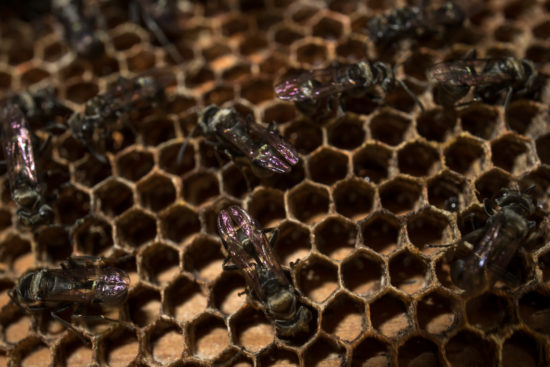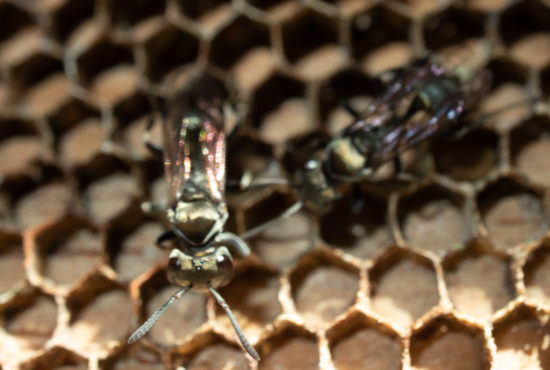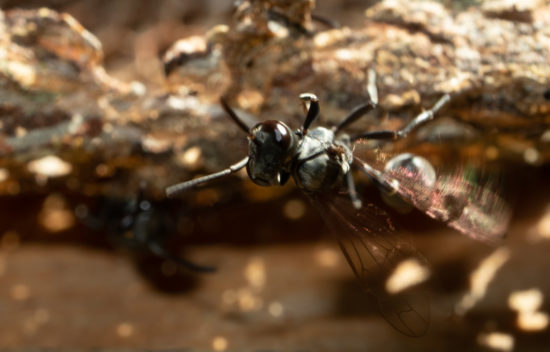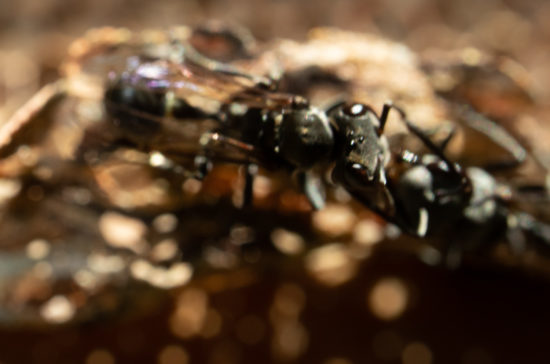Monthly Archives: June 2019
High-flow at Río Java and group photo!
The beginning of June was wet—it rained nearly every day—and the river was often turbid and high. This was our first visit to the river of 2019.
Crested Guan
Crested guan, Penelope purpurascens, are common in the Wilson Botanical Garden and the surrounding forests, including secondary and primary forests. They are often startling when the flee in the forest, similar to some pheasants in North America.
First hike to San Vito
Most Sundays, the research mentors and I hike to San Vito for ceviche and patacones at El Sabanero—a seafood restaurant about 7 km (4 mi) from the station through the forest. Here are some images from the first hike to town.
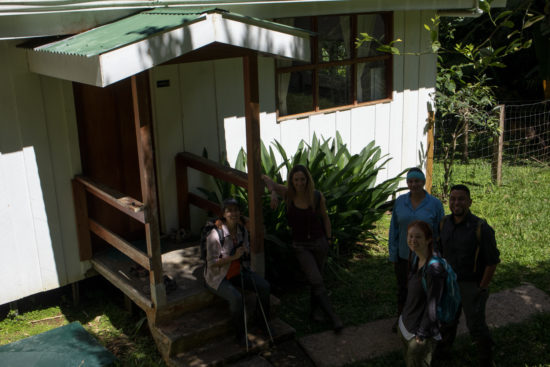
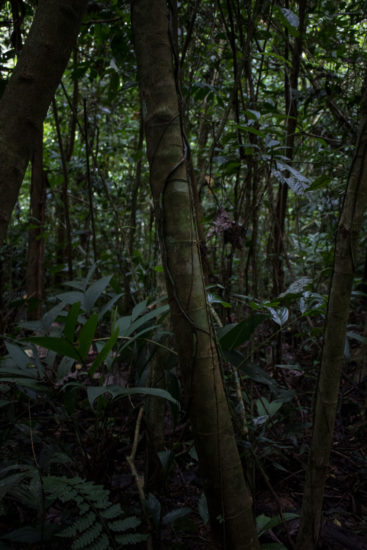
Dark, green primary forest 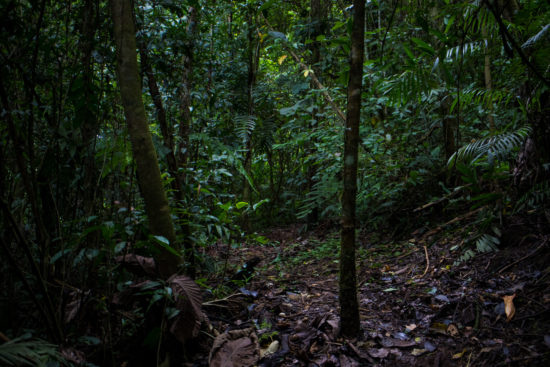
Dark, green primary forest 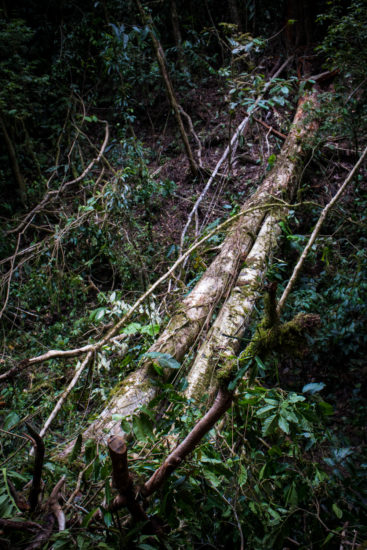
Waterfall below Melissa trail crossing. 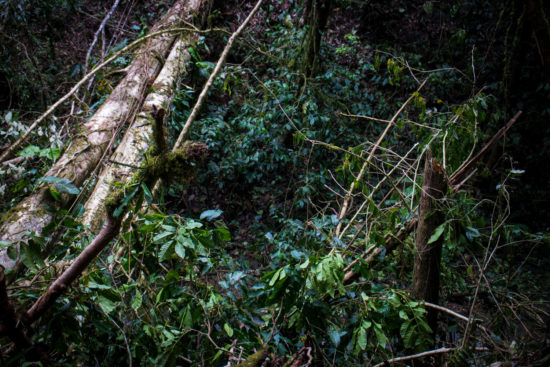
Waterfall below Melissa trail crossing. 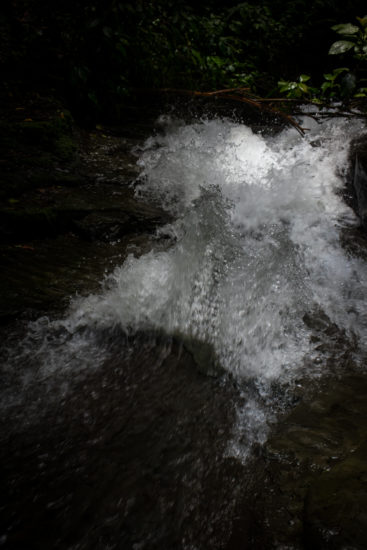
Waterfall below Melissa trail crossing.
Some cup fungus—ascomycota.
Cristian pointed out that this wingless wasp is able to deliver a strong sting and is likely mimicked by the Spotted Tiger Beetle.
Sadly, when we arrived in San Vito, we discovered that El Sabanero’s scheduled had changed—previously, it opened by 11 or 12 (approximately…) on Sundays. Now, the restaurant opens at 3, which is a bit late for a bunch of hungry biologists who eat breakfast at 6:30 am. We tried another restaurant in town, but it wasn’t quite as good—the ceviche was fine, but the traffic was loud and produced some less-than-pleasant fumes.
Trap-jaw brood
A trap-jaw ant (Odontomachus bauri) potential queen dispersing with the help of some wings!

Sunset at Las Cruces
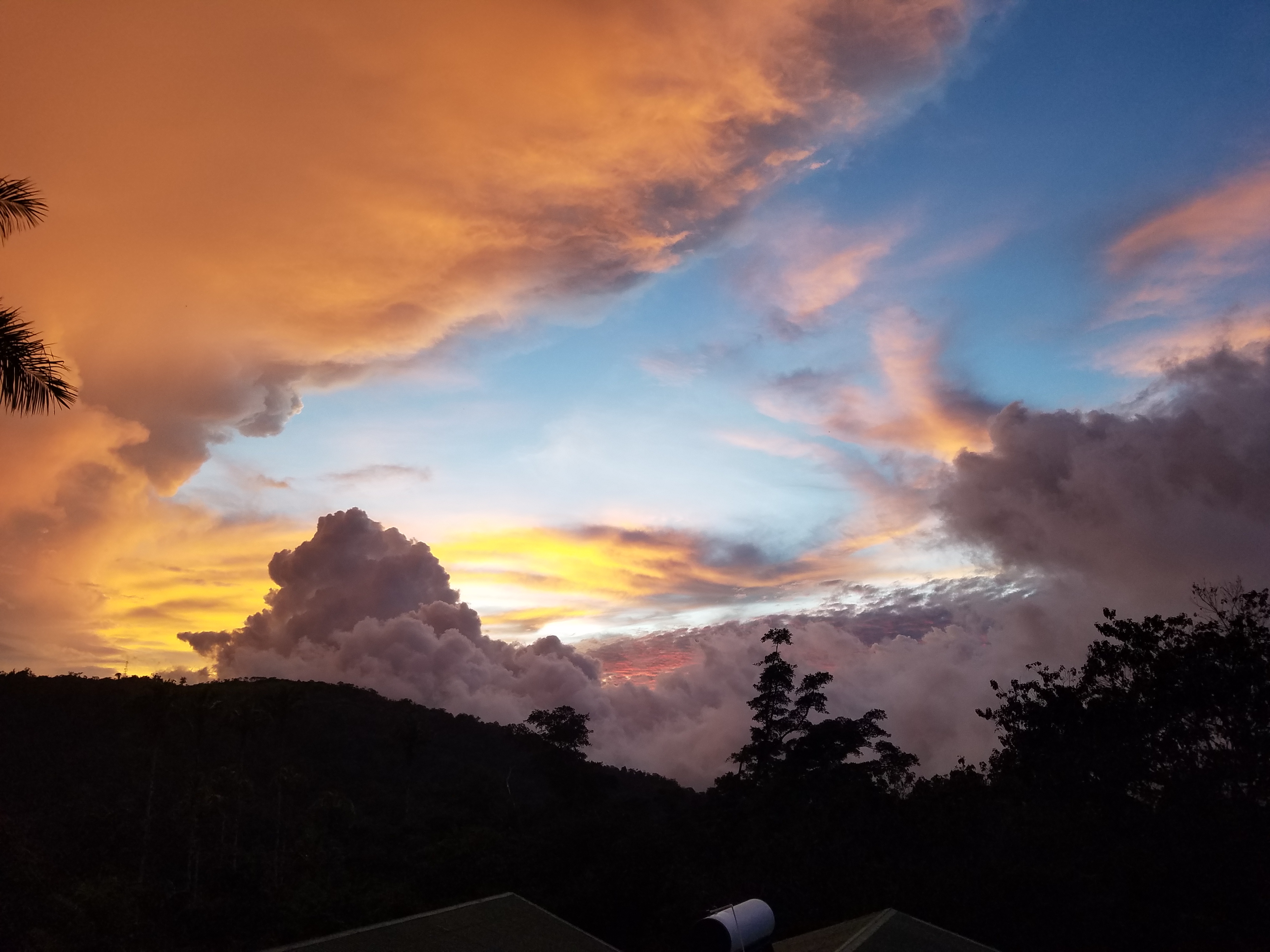
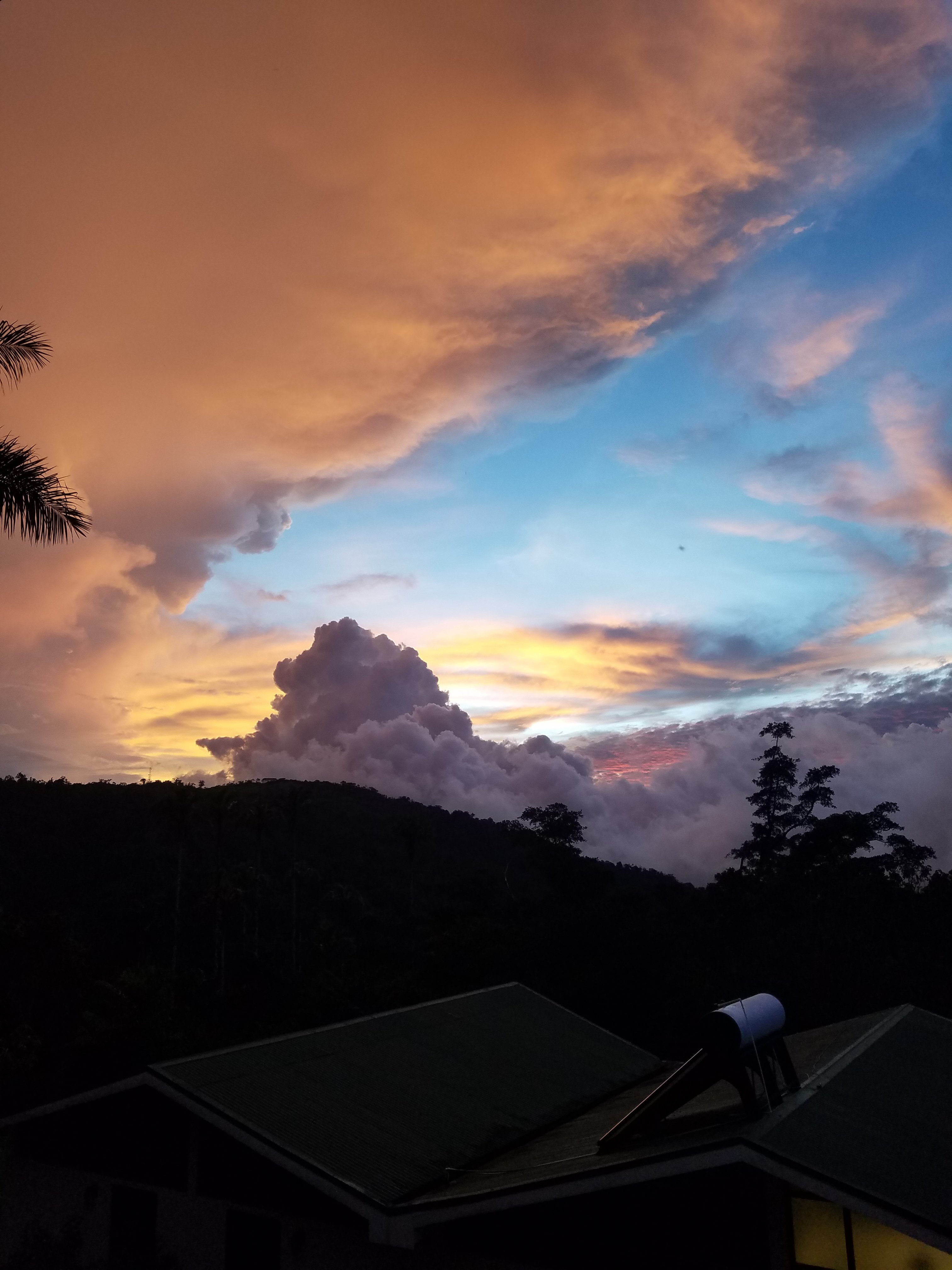
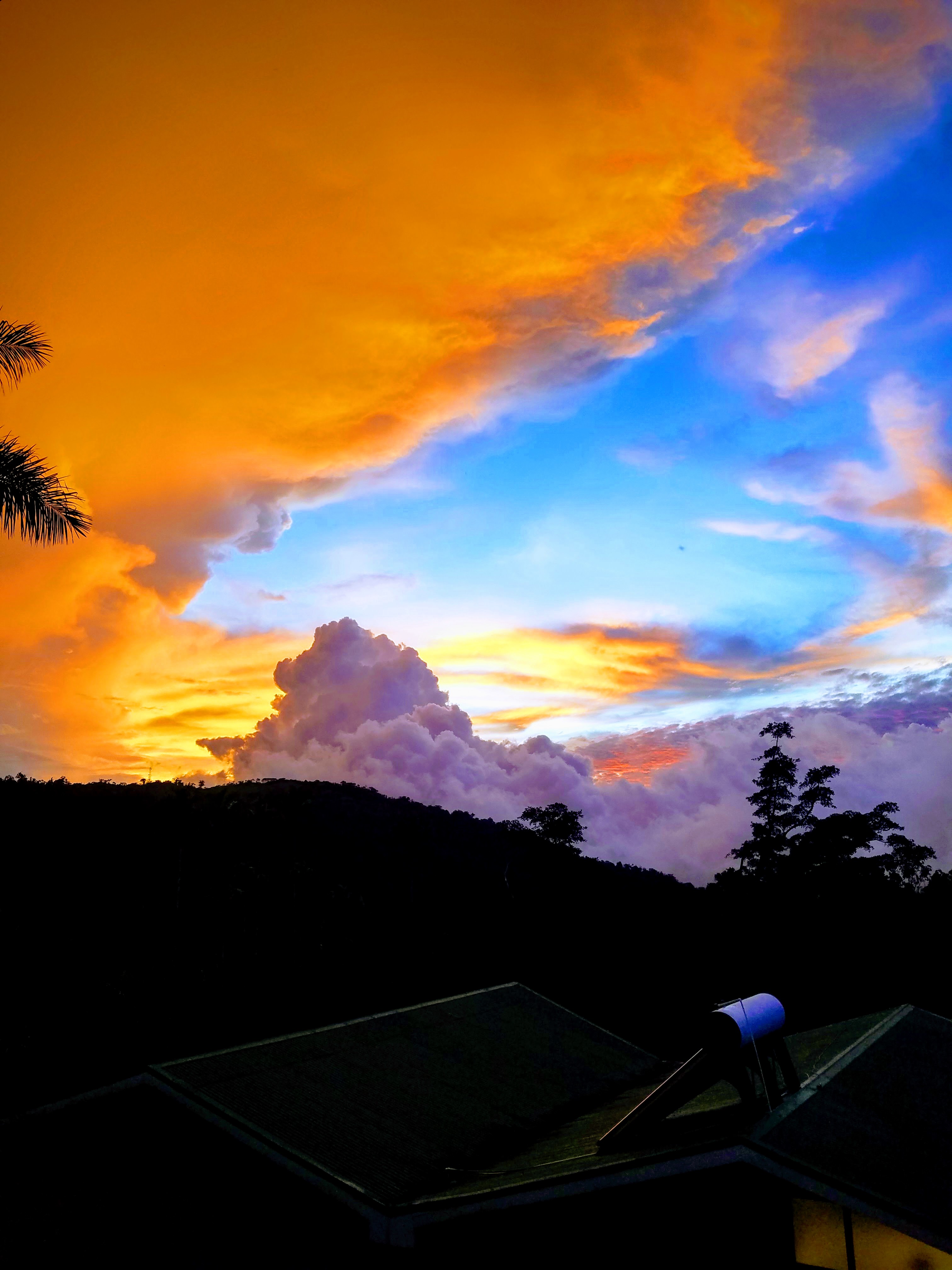
Dominical beach
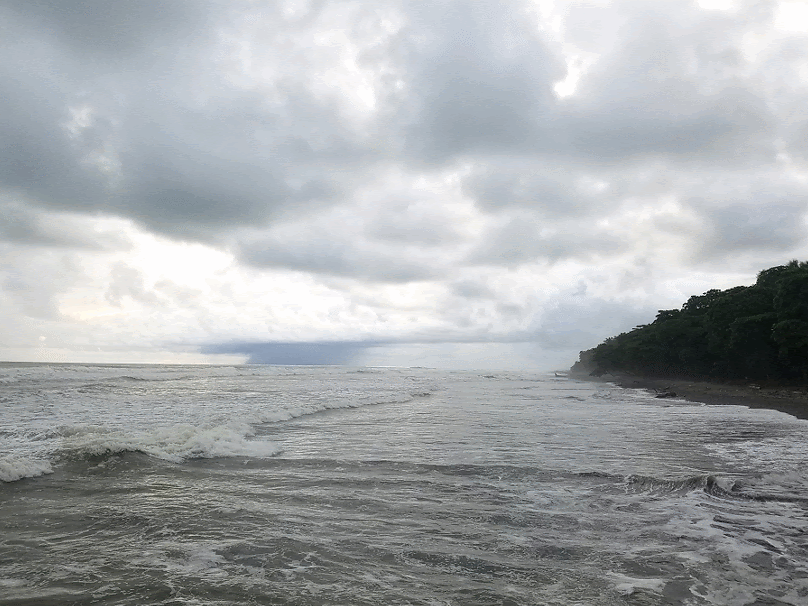
Land-use impacts on macroinvertebrate predators
Darryl, one of the students mentored by Patricia, sampled his first macroinvertebates yesterday using a Surber sampler. He’s interested in functional feeding groups—groups of organisms that are categorized with one another based on what they do in the stream (their role)—and how the composition of those groups may differ with the land-use of the stream catchment. There’s a lot of literature on this, and the predictions are related to the river continuum concept—a set of theories about how the ecology of rivers changed from up- to downstream. Jacklyn, a former student of mine in the NAPIRE program, investigated the RCC.
Darryl is particularly interested in the predator functional feeding group, of which there are many: from Naucorids and Belastomatids, to some mayflies and megalopterans. Here, Darryl and Patricia take a few stream samples.
Ginger herbivory
Some herbivory, possibly by leaf cutter ants, on a ginger.
Working wasps
Some wasps working away with couple of videos. I’m still getting used to this camera, and I like the video feature, particularly with the macro-lens.



















